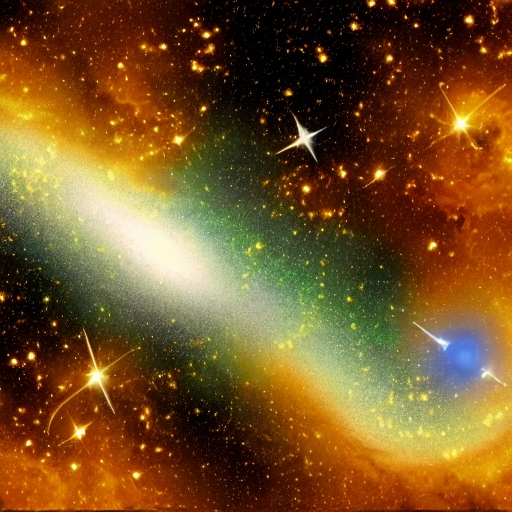Both statistics and astronomy have greatly benefited from the digital age. Dr. Max Bonamente, a professor of physics and astronomy at The University of Alabama in Huntsville (UAH), claims that most astronomers lack the necessary training to realize the significant advantages that might be obtained by combining these fields. He and his colleagues are attempting to alter all of that with innovative astrostatistics research.
In a work that was published in the Monthly Notices of the Royal Astronomical Society, Dr. Bonamente demonstrated a novel probability distributional twist that has the potential to completely alter how cosmological data is interpreted.
The researcher claims that astronomers have a history of being bad statisticians because we tend to “make up the statistics as we go.” In the latest paper, he presents a novel way to handle systemic errors. It explains a novel probability distribution technique he created that has never been considered previously. In terms of drawing inferences from observations, it’s geeky stuff with practical applications. Many astronomers lack the foundational knowledge in math needed to perform comprehensive statistical analysis. Since statistics is fundamentally a challenging branch of mathematics, it is difficult. Few people are willing to spend the extra time doing it. Naturally, not everyone has that sentiment.
This is demonstrated by the accomplishment of a workshop recently held at UAH, a member of The University of Alabama System, and titled “Illuminating the Dynamic Universe: Statistical Methods for Event Data.” The workshop was planned by Dr. Bonamente and his colleague, assistant professor of space science Dr. Lingling Zhao.
The event involved hands-on, cooperative examination of sample problems using cutting-edge software and was aimed to educate young scientists in proper statistical approaches for the study and interpretation of data. The meeting served as a venue for astronomers and academics from related disciplines to discuss new developments in the study of event data.
“Event data” are the aggregate of individual occurrences, which in astronomy are often light photons but can also be neutrinos or other particles. Through statistical applications, these occurrences can be investigated as a function of space and time (such as light curves), energy or wavelength (such as spectra), or location (pictures). Events can also be thought of as collections of quantities, such as gravitational wave events or galaxy clusters found by measuring the cosmic microwave background, a cooled by-product of the first light that ever travelled freely through the cosmos.
Italian-born Dr. Bonamente immigrated to the United States in 1997, where he earned both his M.S. and Ph.D. in physics. It was at UAH that he pioneered the application of the statistical technique known as Markov chain Monte Carlo (MCMC) for the study of cosmic events. MCMCs are a type of specialized algorithms used in probability distributions, a mathematical function that calculates the likelihood of occurring for various experiment outcomes.
The researcher points out that these techniques have made it feasible to analyse data more quickly and precisely. Machine learning is widely used in astronomy today. For instance, researchers measured the Hubble constant using MCMCs, which was a significant feat at the time. One of the most significant quantities in cosmology is the Hubble constant because it indicates how quickly the cosmos is expanding.
The latest technologies are producing enormous volumes of data of genuinely mind-boggling complexity, and astronomical statistics represents the future of big data management and analysis in astronomy. As new data-gathering methods emerge in radio, microwave, infrared, X-ray, gamma-ray, interferometer, and optical devices that will require new statistical algorithms and approaches to make sense of it all, the problem of analyzing this data is only expanding exponentially.
Dr. Bonamente notes that most physicists and astronomers aren’t very familiar with probability theory, let alone statistics. Being cautious and resisting the urge to discover a fantastic new result when none exists should be a scientist’s primary responsibility. So for him, it makes sense to combine mathematics and astronomy.













